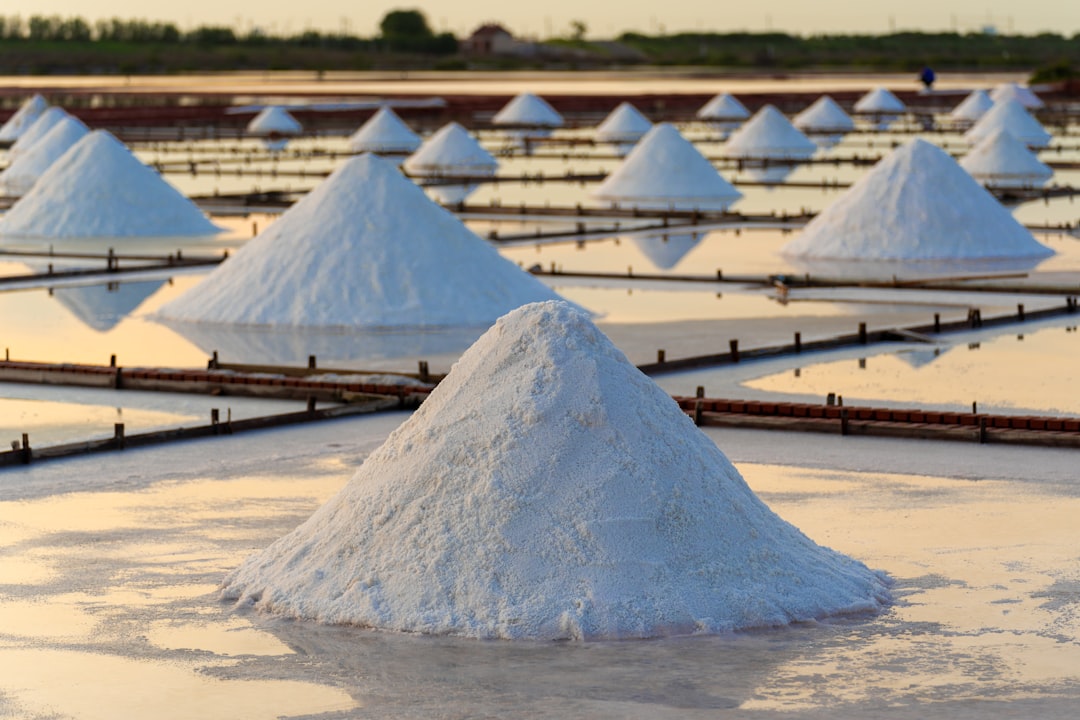Restore Dead Batteries with Epsom Salt
The Risks and Realities of Refilling Batteries with Different Electrolytes
One popular hack is the addition of baking soda directly into the battery cells. Each incorrect substance added can further degrade the battery, reducing its capacity permanently or causing it to fail entirely. Additionally, keeping terminals clean from corrosion and ensuring connections are tight can vastly improve both performance and longevity.
These pulses help to dissolve large sulfate crystals back into the electrolyte, rejuvenating the battery and restoring its original capacity. These remedies do not address core issues such as sulfation-the accumulation of lead sulfate crystals on the plates-which is a primary cause of reduced battery efficiency and failure.
Many factors play a role, including improper charging practices, excessive deep discharging, and lack of regular maintenance. The Chemistry of Batteries: Why Epsom Salt Doesn't Increase CapacityThe Misconception of Epsom Salt in Battery RevivalMany people turn to internet hacks for reviving dead batteries as a cost-saving measure.
The Dangers of Other Common HacksOther DIY hacks for battery recovery include the use of baking soda and aspirin. In effect this means,When choosing between innovative charging devices and traditional chargers, consider the specific needs of your battery and its current state.
